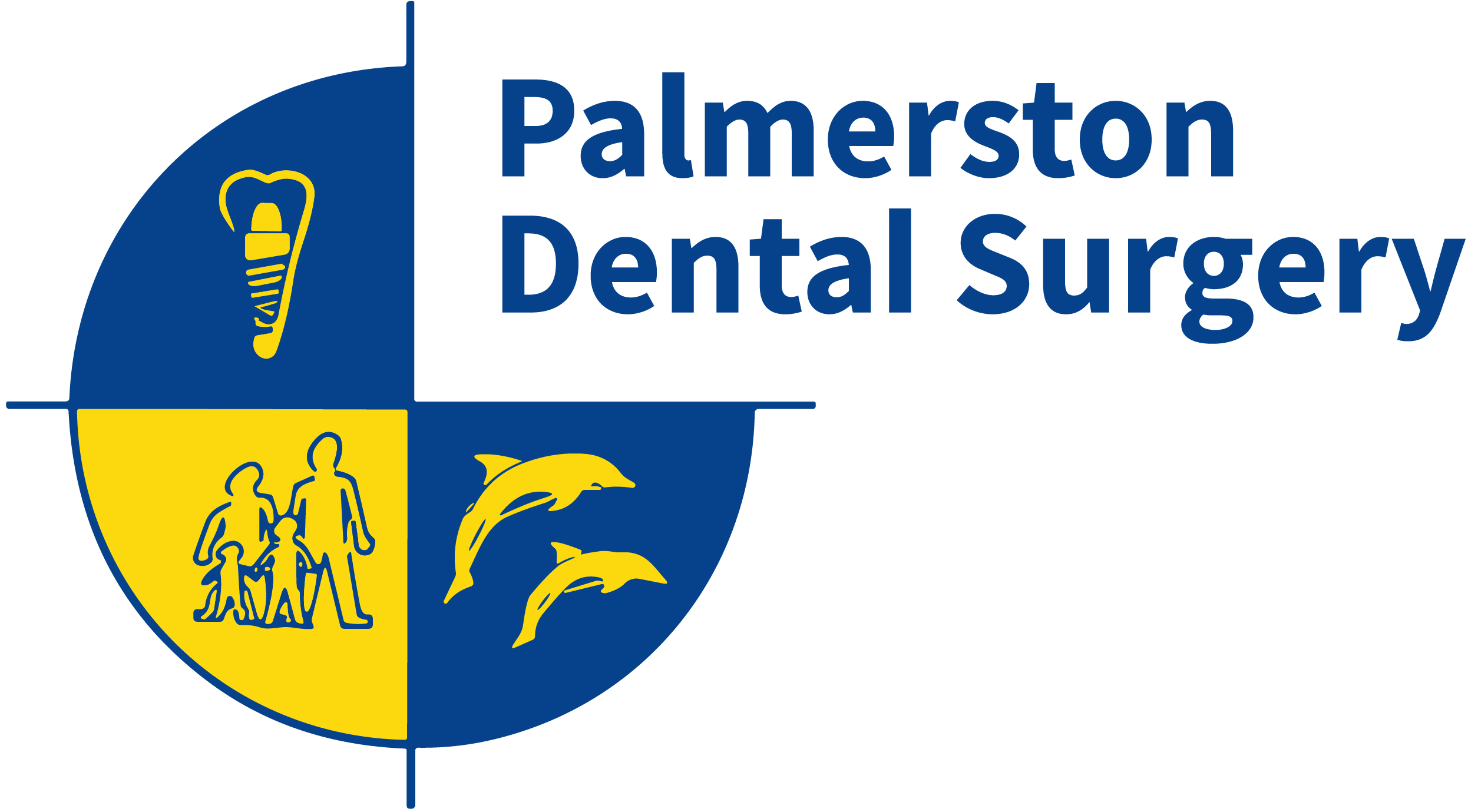Understanding the Process
Wisdom teeth removal is a very common dental procedure that prevents or minimises any issues caused by impacted or misaligned wisdom teeth. Third molars often cause problems when there isn’t enough room in the mouth for them to erupt properly. At Palmerston Dental Surgery we remove wisdom teeth to protect the surrounding teeth, prevent infections, avoid future complications and minimise your discomfort. If you’re experiencing wisdom teeth pain, book in to see us today.
What Are Wisdom Teeth and Why Do They Need to Be Removed?
Understanding Wisdom Teeth
Wisdom teeth, also known as third molars are the last set of teeth to erupt and they typically appear between the ages of 17 and 25. While some people don’t experience problems, many people need wisdom teeth removal due to limited space in the mouth, which causes these teeth to become impacted or misaligned.


Common Reasons for Wisdom Teeth Removal
There are many reasons why wisdom teeth extraction may be necessary for you. Impacted teeth can cause pain, infection or damage to surrounding teeth. Overcrowding can lead to misalignment of your other teeth. In some cases, cysts may form around the wisdom teeth which may lead to other complications. Removing wisdom teeth is a preventive measure for the future health of your teeth. If you’d like to talk to our professional and friendly dental team at Palmerston Dental Surgery about wisdom teeth removal, you can book in here.
Symptoms Indicating Wisdom Teeth Issues
Signs You May Need Wisdom Teeth Removal
Be aware of common symptoms that may indicate wisdom tooth pain or other complications. These include pain or swelling at the back of the jaw, tenderness or difficulty opening your mouth. In some cases, an infection around the impacted wisdom teeth can also cause bad breath or an unpleasant taste.


When to Visit the Dentist
At Palmerston Dental Surgery in the City of Palmerston area we always recommend visiting us at the first sign of ongoing pain or discomfort in the wisdom teeth area. Early intervention can help prevent more serious problems from developing. Wisdom teeth extraction can be scheduled before complications increase.
The Wisdom Teeth Removal Procedure: What to Expect
Consultation and Preparation
Before the procedure, our professional and friendly dental team will evaluate your wisdom teeth via X-rays and discuss whether wisdom teeth removal is necessary. The consultation will help determine the best approach for removal and explain the steps involved. Everyone’s teeth are unique, and we want to find the best treatment plan for your needs. You can book a consultation here.


Anaesthesia and Sedation Options
Depending on the complexity of the wisdom tooth surgery needed, your dentist may recommend local anaesthesia, IV sedation or general anaesthesia to ensure you are comfortable during the procedure. Again, everyone’s needs are different and here at Palmerston Dental Surgery in the City of Palmerston area we’ll do everything we can to make sure our procedures are comfortable for you.
The Removal Process
During oral surgery, the our professional and friendly dental team will make an incision in the gum tissue (if needed) to access the tooth. The wisdom teeth removal process involves carefully removing the tooth, often in sections if it’s impacted. Afterward, the site is closed with stitches to seal it from bacteria and offer protection while it heals.

Aftercare and Wisdom Teeth Recovery
Managing Pain and Swelling
After removing wisdom teeth, our patients sometimes experience swelling and discomfort. Pain can be managed with prescribed pain medication and applying ice packs can help reduce swelling. Be sure to avoid hot foods, spicy dishes, and straws during recovery to prevent complications. Similar to tooth extractions the recovery advice is the same – it’s important to keep the clot in place to avoid dry socket and slowing down the healing process.
Foods to Eat After Wisdom Teeth Removal
At Palmerston Dental Surgery we recommend soft foods during the recovery period from wisdom teeth removal. Yogurt, mashed potatoes, soups, and smoothies are easy to consume without irritating the surgical site. Just a reminder to avoid straws if drinking smoothies – it’s possible to dislodge the clot from your tooth socket during recovery from wisdom teeth surgery when you use straws and it’s important to keep it in place for healing.
Recovery Timeline
Recovery from your wisdom teeth extraction should generally take about a week, with the initial swelling and discomfort minimising within a few days. By following our aftercare instructions and resting, most patients can return to their normal activities within a week.
Potential Complications and How to Avoid Them
Dry Socket and How to Prevent It
One of the most serious complications following wisdom tooth surgery is a condition known as dry socket, which occurs when the blood clot protecting the wound becomes dislodged. Our patients can reduce the risk by avoiding straws, smoking, and following our team’s aftercare advice.


Infection and Swelling
Mild swelling is normal however prolonged swelling or signs of infection, such as fever or pus around the empty socket, may require follow-up care. It’s important to keep an eye on the area and contact us at Palmerston Dental Surgery here if any unusual symptoms occur after the wisdom teeth removal.
Frequently Asked Questions
Safe and Effective Wisdom Teeth Removal
If you’re experiencing discomfort or you’re concerned about your wisdom teeth, schedule a consultation with our professional and friendly dental team at Palmerston Dental Surgery today to discuss the benefits of having your wisdom teeth removed.

